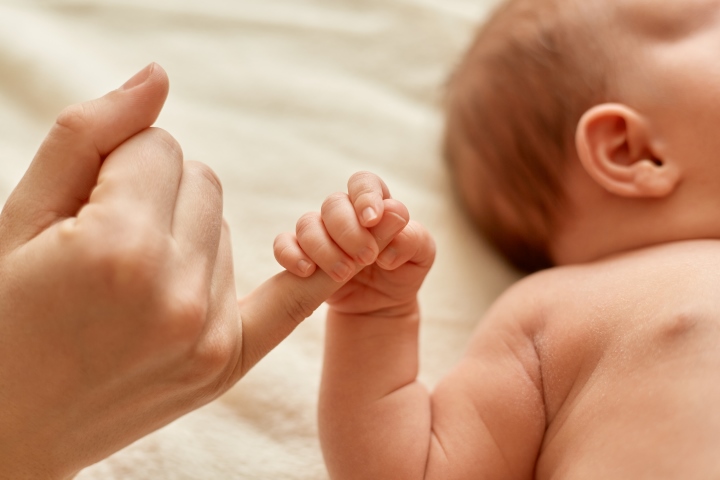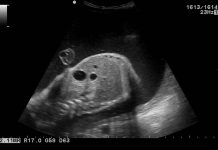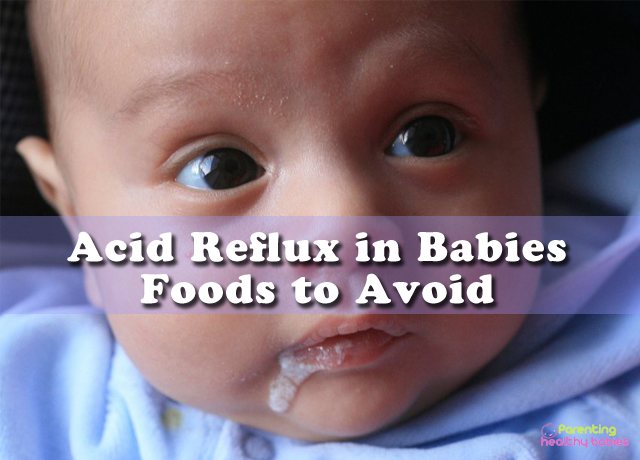The arrival of a newborn is a momentous occasion, filled with joy, wonder, and a touch of apprehension for new parents. As you cradle your precious bundle of joy, a myriad of questions and concerns may arise about the best ways to care for your newborn. In this guide, “Tender Beginnings: A Guide to Gentle Newborn Care,” we embark on a journey through the delicate nuances of caring for your little one in those early days. From soothing techniques to feeding essentials, we’ll explore the nurturing practices that lay the foundation for a healthy and happy start in your newborn’s life. Join us as we navigate the tender beginnings of parenthood and create a nurturing environment for your newest family member.
Baby’s Care In The Labour Room
The birth of a child is one of life’s most wondrous minutes. Few encounters can compare with this occasion. Infant babies have astounding capacities. But they depend on other ones for all of their needs whether its food, warmth, and comfort.
Awesome physical changes happen with birth. When your child is born, the umbilical line is cut and clamped close the navel. This closes the baby’s reliance on the placenta for oxygen and nourishment. As your child takes there to begin with breath, ventilation of the lungs starts. Sometime recently birth, the lungs do not take in oxygen or discharge carbon dioxide. As the child breathe, their heart and blood vessels too change.
A few babies have additional liquid in their lungs. Reviving the infant to breathe by drying and delicately rubbing the skin can offer assistance the lungs reabsorb the liquid. Any bodily fluid is eliminated from the baby’s nose, mouth, and throat.
Giving Warmth for The Newborn
An infant child is damp from the amniotic liquid, and blood and can effectively gotten to be cold. Drying the infant and utilizing warm covers and warm lights can offer assistance avoid heat drop. Regularly, a sewn cap is set on the baby’s head. Putting your child skin-to-skin on your chest is the perfect way to keep the infant warm, on the off chance that possible.
Instant Care For The Newborn
The infant is checked right from there. A quick physical exam is done. One of the primary checks is called Apgar scoring. Apgar scoring could be a way to assess the condition of the infant at 1 and 5 minutes after birth. The baby’s muscle tone, heart rate, reflexes, colour, and breathing are checked. Each of the five indicators is given a score of 0, 1, or 2. A neonate’s Apgar score can be between 0 and 10. The full score means:
7 to 10 – The child doesn’t require much additional support.
4 to 6 – The infant needs a few additional back and cautious monitoring.
3 or underneath – The child needs quick life-saving support.
Physical Exam of The Newborn
A short physical exam is done to check for self-evident signs that the baby is in good physical condition. Other line of action will be done over the next few minutes and hours. These may be worn out the labour room, in your room, or within the nursery, depending on the condition of the neonate and a few other variables. A few of these methods include:
- Temperature
- Heart rate
- Respiratory rate
- Oxygen saturation.
- Estimations of weight, length, and head circumference. These estimations offer assistance decide on the off chance that the baby’s weight and estimations are typical for the number of weeks of development. Little or underweight babies, as well as exceptionally huge babies, may require uncommon consideration and care.
Newborn Routine Care After Birth
Whereas within the clinic, modern guardians ought to be instructed how to bolster, bathe, and dress their infant and ended up recognizable with the newborn’s exercises, signals, and sounds. Sometime recently healing centre release, clinicians ought to talk about with guardians the schedule perspectives of care with respect to the umbilical line, circumcision, weight, and pee and bowel developments. Newborn children who don’t pass meconium within the to begin with 24 hours ought to be reassessed. Neonates can be washed (in the event that the guardians wish) once their temperature has stabilized at 37° C for 2 hours.
Umbilical Cord
The umbilical rope clamp can be evacuated when the line shows up dry, more often than not at 24 hours. Umbilical rope care is pointed at diminishing the hazard of umbilical contamination (omphalitis). The umbilical stump ought to be kept clean and dry; other care changes depending on the birth setting. In a clinic labour room (or appropriately overseen domestic birth), where the rope is clamped and cut aseptically, dry rope care or cleansing with cleanser and water is adequate; topical operators don’t diminish hazard of contamination. In any case, when rope clamping and/or cutting isn’t aseptic (eg, in a few therapeutically underserved nations, abrupt out-of-hospital labour rooms), applying a topical sterile (eg, chlorhexidine) to the line decreases the chance of omphalitis and neonatal mortality. The line ought to be observed every day for redness or drainage.
Circumcision
Circumcision, on the off chance that craved by the family, can be securely done, employing anaesthetic, inside the primary few days of life. The method ought to be deferred in the event that the mother has taken anticoagulants or ibuprofen, on the off chance that there’s a family history of blood disarranges, or if the neonate has relocation of the urethral meatus, hypospadias, or any other anomaly of the glans or penis (since the prepuce may be utilized afterward in plastic surgical repair). Circumcision is as a rule postponed until at slightest after the primary void; not voiding inside 12 hours of the procedure may demonstrate a complication. Circumcision ought to not be done on the off chance that the neonate has haemophilia or another blood disorder.
Weight
Most neonates lose 5 to 7% of their birth weight amid the primary few days of life, essentially since liquid is misplaced in pee and obliviously and optionally since meconium is passed, vernix caseosa is misplaced, and the umbilical rope dries.
Gastric and Urinary Movements
In the primary 2 days, pee may recolour the diaper orange or pink since of urate gems, which are a typical result of pee concentration. Most neonates void inside 24 hours after birth; the normal time of first void is 7 to 9 hours after birth, and most void at slightest 2 times within the 2nd 24 hours of life.
A delay in voiding is more common among male neonates and may result from a tight prepuce; a male neonate’s failure to void may demonstrate back urethral valves. If a newborn child has been circumcised, need of voiding inside 12 hours of the method may demonstrate a complication.
Meconium
In case meconium has not been passed inside 24 hours, the clinician ought to consider assessing the neonate for anatomic variations from the norm, such as imperforate butt, Hirschsprung illness, and cystic fibrosis (which can cause meconium ileus).
Clinical Release of Newborn
Neonates released from hospital within 48 hours should be examined within 2 to 3 days to assess feeding success (breast or formula), hydration, and jaundice (for those at increased risk).
Investigate for neonates discharged after 48 hours should be based on risk factors, including those for jaundice and for breastfeeding difficulties, and any identified problems.
Sources:
https://www.who.int/teams/maternal-newborn-child-adolescent-health-and-ageing/newborn-health/essential-newborn-care













